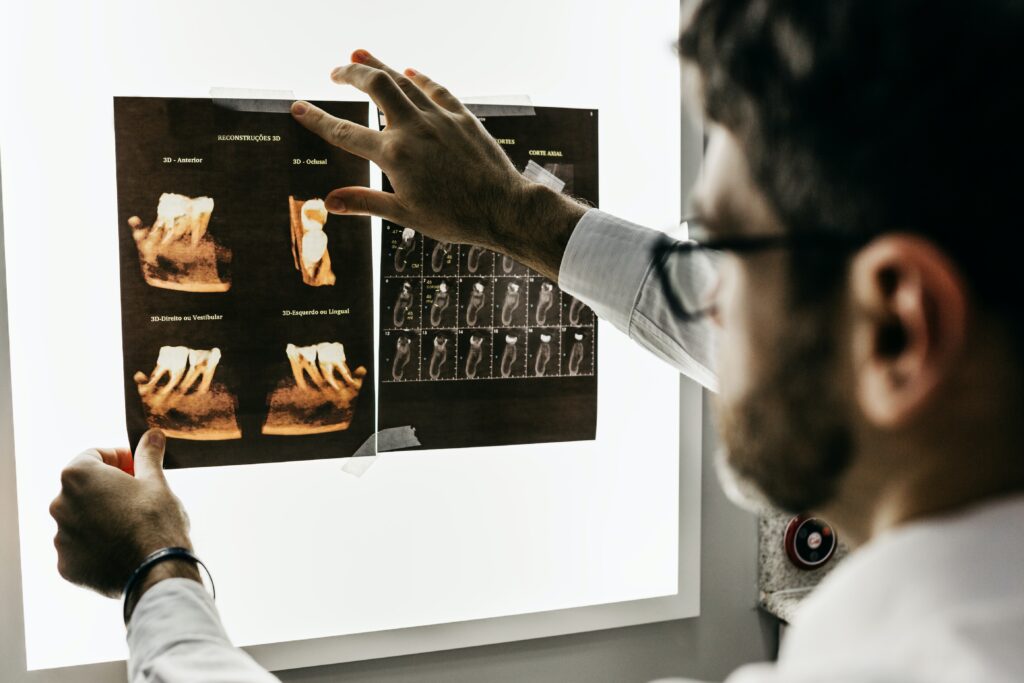A bone fracture is a medical condition in which a bone is broken or cracked. There are several different types of bone fractures, each with its own unique characteristics and healing time. Understanding the different types of fractures and the rehabilitation phases can help individuals better understand their injury and the recovery process.
Closed Fracture: A closed fracture, also known as a simple fracture, is a break in a bone that does not penetrate the skin. These fractures are relatively easy to diagnose and treat, and can heal quickly with proper care.
Open Fracture: An open fracture, also known as a compound fracture, is a break in a bone that penetrates the skin. This type of fracture is more serious than a closed fracture, as there is a risk of infection. The healing time for an open fracture is typically longer, as the bone must first heal and then the wound must heal.
Comminuted Fracture: A comminuted fracture is a break in a bone that is shattered into multiple pieces. This type of fracture is more difficult to treat and can take longer to heal.
Greenstick Fracture: A greenstick fracture is a partial break in a bone, typically seen in children. These fractures are typically caused by a twisting or bending force and can heal quickly with proper care.
Stress Fracture: A stress fracture is a small crack in a bone caused by repetitive stress. These fractures are commonly seen in athletes, and can take several weeks to several months to heal.
The rehabilitation phase for bone fractures typically involves rest and immobilization, followed by range of motion exercises and eventually strength training. The length of time for rehabilitation varies depending on the type and severity of the fracture, but can range from a few weeks to several months.
It is important to note that the healing time for bone fractures can vary greatly depending on factors such as age, overall health, and the location of the fracture. It is important to consult with a medical professional for proper diagnosis and treatment. Additionally, proper rehabilitation is crucial for a complete recovery and to prevent future injuries.


